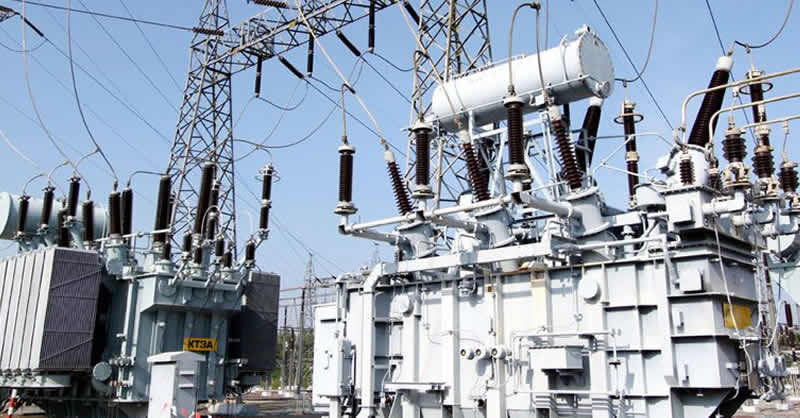The Public Utility Regulatory Commission (PURC) has mandated the Electricity Company of Ghana (ECG) to settle its debt to ‘Category B’ beneficiaries under the cash waterfall mechanism by April 30, 2024.
This amount represents the actual revenue collected and declared by ECG from August 2023 to February 2024, which was approved for payment by the Cash Waterfall Mechanism (CWM) Standing Committee but remained unpaid. The beneficiaries include the Volta River Authority (VRA), Bui Power Authority, BXC Solar, Meinergy, Safisana, Early Power, GNGC (Ghana Gas), and the Ghana Grid Company (GRIDCo), along with some regulatory levies.
“To meet the PURC Benchmark Collection Ratio of 98%, ECG should have collected tariff revenue of approximately GHS8,817,493,508.57 based on the company’s declared sales. To satisfy the temporary measures agreed under the CWM, ECG was expected to collect GHS7,000,000,000.00, to be allocated to the sector players along the electricity supply value chain (Categories A and B). However, the total tariff revenue ECG declared to the CWM to be allocated to both Category A and B beneficiaries was GHS4,871,044,395.12. Of this amount, GHS446,283,706.29 to be allocated to Category B beneficiaries remains unpaid by ECG.”
Public Utilities Regulatory Commission (PURC)
The Public Utility Regulatory Commission (PURC) in its report indicated that as far as financial data submitted by ECG is concerned, the Commission found that details of ECG’s bank accounts submitted were incomplete, contrary to the Order. PURC’s order number 2.1d stated, “Monthly bank and investment statements corresponding to each account showing balances for the period August 2023 to date.”
According to the report by PURC, “By the expiry of the deadline, the Commission had received details of 36 out of the 61 accounts.”
In addition to the debt, the PURC has imposed a regulatory charge of 3,000 penalty units (equivalent to GHS36,000) on ECG for failing to submit details of all bank accounts to the Commission by a specified date. This amount is due to be paid by ECG to the Commission on or before April 22, 2024. If the requested details remain outstanding, ECG will be subject to an additional regulatory charge of 3,000 penalty units per working day until compliance is achieved.
“The Commission established from its analysis of data submitted by ECG that there were 4142 outages to consumers within ECG’s operational areas between January and March 2024. Out of this number, 165 representing 3.98% of the total outages were ECG-planned outages.
Further analysis showed that of the 165 ECG planned outages, 40 were supported by public notices, while there were no notices for the remaining 125 outages. Further, 38 of the 40 notices did not comply with the requisite three-day statutory notice prescribed under Regulation 39 of L.I. 2413. This indicates that in 163 instances of planned outages, ECG did not comply with the law.”
Significance of PURC Warning Against Non-compliance

The PURC’s warning serves as a formal notice to the Electricity Company of Ghana (ECG) about the expected compliance with its regulatory obligations. Non-compliance could lead to penalties, assessments, or other regulatory actions.
Also, the warning serves as a reminder of the regulatory body’s authority and the entity’s obligation to comply with the regulatory requirements. It highlights the importance of adhering to the set deadlines and the consequences of failure to do so. This aligns with the broader regulatory principles of ensuring fairness, transparency, and accountability in the operations of public utilities.
“For failure to comply with the 3-day statutory notice required under Regulation 39 of L.I. 2413, the Commission in accordance with Regulation 45 of L.I. 2413, hereby imposes a regulatory charge of 3,000 penalty units on ECG for each of the 163 breaches, amounting to Five Million, Eight Hundred and Sixty-Eight Thousand Ghana Cedis (GHS 5,868,000.00).”
Public Utilities Regulatory Commission (PURC)
The PURC’s warning against non-compliance with the payment deadline is a critical regulatory tool aimed at ensuring compliance with regulatory obligations, protecting consumer interests, and maintaining the integrity of the regulatory framework. It serves as a formal notice of the expected compliance and the consequences of non-compliance, aligning with broader regulatory principles of enforcement and accountability.
READ ALSO: Gyakie Shares The Inspiration That Fuels Her Music





















